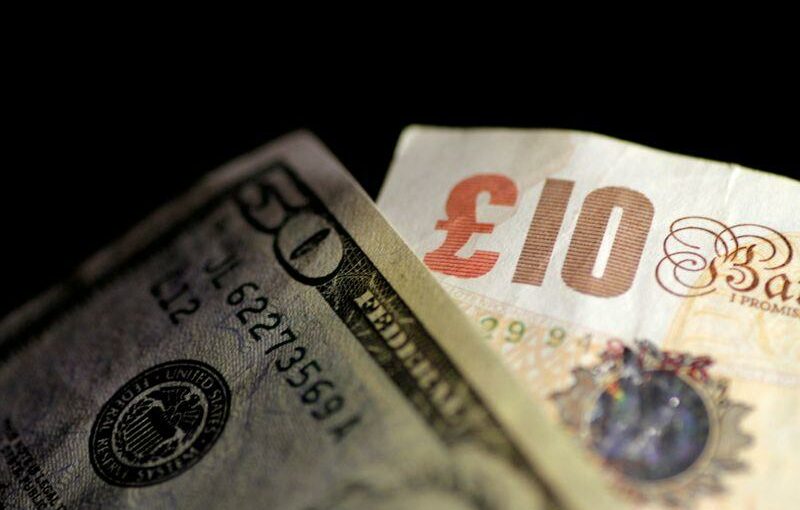LONDON (Reuters) – The kiwi dollar surged 1% on Wednesday against a broadly sturdy greenback after New Zealand’s central bank announced an end to its pandemic-linked bond purchases, paving the way for an interest rate hike by year-end.
Graphic: World FX rates tmsnrt.rs/2RBWI5E
The U.S. dollar, meanwhile, retreated marginally from three-month highs hit against the euro after data a day earlier showed inflation had scaled 13-year highs in June amid supply constraints and higher travel-related costs.
The greenback is likely to take its direction from Fed Chair Jerome Powell’s two-day testimony before Congress which starts later on Wednesday.
Markets are seeking clues on when the central bank might consider tapering its stimulus and whether it still holds the oft-reiterated view that higher inflation is transitory.
“The market consensus appears to be that Chair Powell will try and balance that shift with a cautious tone over proceeding with QE tapering. The increase in infections of the Delta variant in the U.S. and globally is one reason for Powell to stress the need for caution,” MUFG strategists said in a note.
By 0730 GMT, the dollar index edged 0.2% lower to 92.64 after earlier rising as high as 92.832 – just below the 92.844 level reached last week for the first time since April 5.
Against the euro, it strengthened to $1.17720, the highest since April 5, for a second day running, before slipping 0.2% to $1.1795.
Attention has turned in the meantime to central banks that are proceeding with their plans to exit pandemic-era stimulus, and economic growth fears stemming from a global upsurge in COVID-19 case loads.
New Zealand’s central bank said it would cut short a NZ$100 billion ($70 billion) bond-buying programme, prompting banks to bring forward calls for a rate rise to as early as August, which would put it at the forefront of countries to raise interest rates.
Broader currency market sentiment remained on the risk averse side as perceived safe-haven currencies, including the Swiss franc and the yen, edged higher while the Norwegian crown slipped.
Source: Read Full Article
